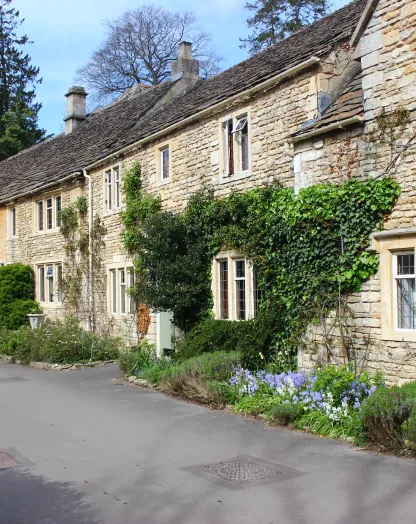Collecting Gauguin
In so many ways, Paul Gauguin’s life story is similar to that experienced by many artists, writers and musicians whom we’ve all subsequently come to appreciate as being luminaries in their own right.
This group includes the painter Vincent Van Gogh, the writer Franz Kafka, the philosopher Henry David Thoreau and the composer Johann Sebastian Bach. It is almost incredulous to think this to be true, but so much of human history reveals abnormalities and anachronistic circumstances.
Gauguin was a Parisian artist who excelled as a post-impressionist iconoclast, bringing an experimental approach to his use of colour, one which made his interpretation of art decidedly unique.
A new exhibition at the Courtauld Gallery celebrates his work, many of which are in its own permanent collection, assembled as they were by the institution’s eponymous founder Samuel in the first half of the twentieth century.
The industrialist was captivated by the post-impressionist movement, particularly paintings that were executed by French artists, and as if evident from the show, had an acute understanding of Gauguin’s work.
It was in 1923 that he made his first purchase, snapping up both Bathers at Tahiti and The Haystacks, two rather experimental paintings that highlight a mesmeric affinity with colour and form.
“The earliest painting in the display is Martinique Landscape, 1887, an important large work dating from the four fruitful months that Gauguin spent on this French colonial possession in the Caribbean,” the gallery states.
“In its rich colours and exotic subject matter, this painting foreshadows Gauguin’s journeys to Tahiti in the following decade.”
The works that emanate from his time here are, along with his paintings of Brittany in France, are some of the most iconic images in modern art, beautiful, lavish and dreamlike.
Interestingly, there’s a utopian quality to it, which is quasi-ironic because he painted what he observed. Maybe one of his arguments is that we, as a species are capable of achieving a way of life that is peaceful.
It is fascinating then to speculate how he would have assessed the First World War, the first real challenge to human morality, a reminder that any perfect society exists on the fringes of chaos and violence.
His work, as a precursor to modernism as a fully-fledged movement, does well to contrast the two worlds that have subsequently been revealed in art history. As with Paul Cezanne, Gauguin was enjoying the liberties that the impressionists had brought into existence.
It was inventive but still cocooned in a blithe veil of perceivable tranquillity, a dark storm akin to a very light star that goes in and out of focus. Modernism began to reveal itself in peacetime but under increasing tension.
Gauguin then captures a moment that everyone is ultimately looking to return to. The challenge then is how to get here, when the advent of technology further disconnects us all from the riches of the planet.
Collecting Gauguin: Samuel Courtauld in the ’20s runs until September 8th 2013.
Cadogan Tate has extensive experience in shipping fine art all over the world.



